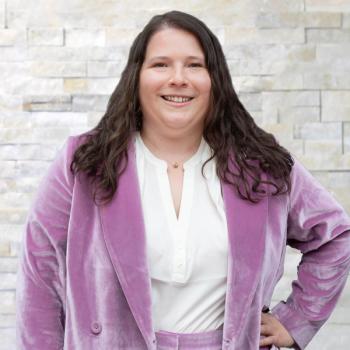
Measuring Atmospheric Gases
INESC Porto?s Optoelectronics and Electronic System Unit (Porto, Portugal) in partnership with the European Space Agency, has developed a technology that enables a more effective measurement of gases in the atmosphere than that achieved with current techniques (such as atmospheric balloons and specially equipped airplanes).
INESC Porto’s Optoelectronics and Electronic System Unit (Porto, Portugal) in partnership with the European Space Agency, has developed a technology that enables a more effective measurement of gases in the atmosphere than that achieved with current techniques (such as atmospheric balloons and specially equipped airplanes). The system consists of an ultra-narrow spectral tunable and heat-reflecting filter based on optical fiber technology that can be used to monitor the atmosphere with the reflection of laser impulses. If it is applied to satellites, this filter will be able to detect pollutant gases in the Earth’s atmosphere in concentrations less than 1 km high and 50 km wide, at an altitude of 400 km. This technology is capable of providing precise measurements of several greenhouse gases including carbon dioxide, methane, nitrous oxide, and ozone.
Newsletter
Get essential updates on the latest spectroscopy technologies, regulatory standards, and best practices—subscribe today to Spectroscopy.



